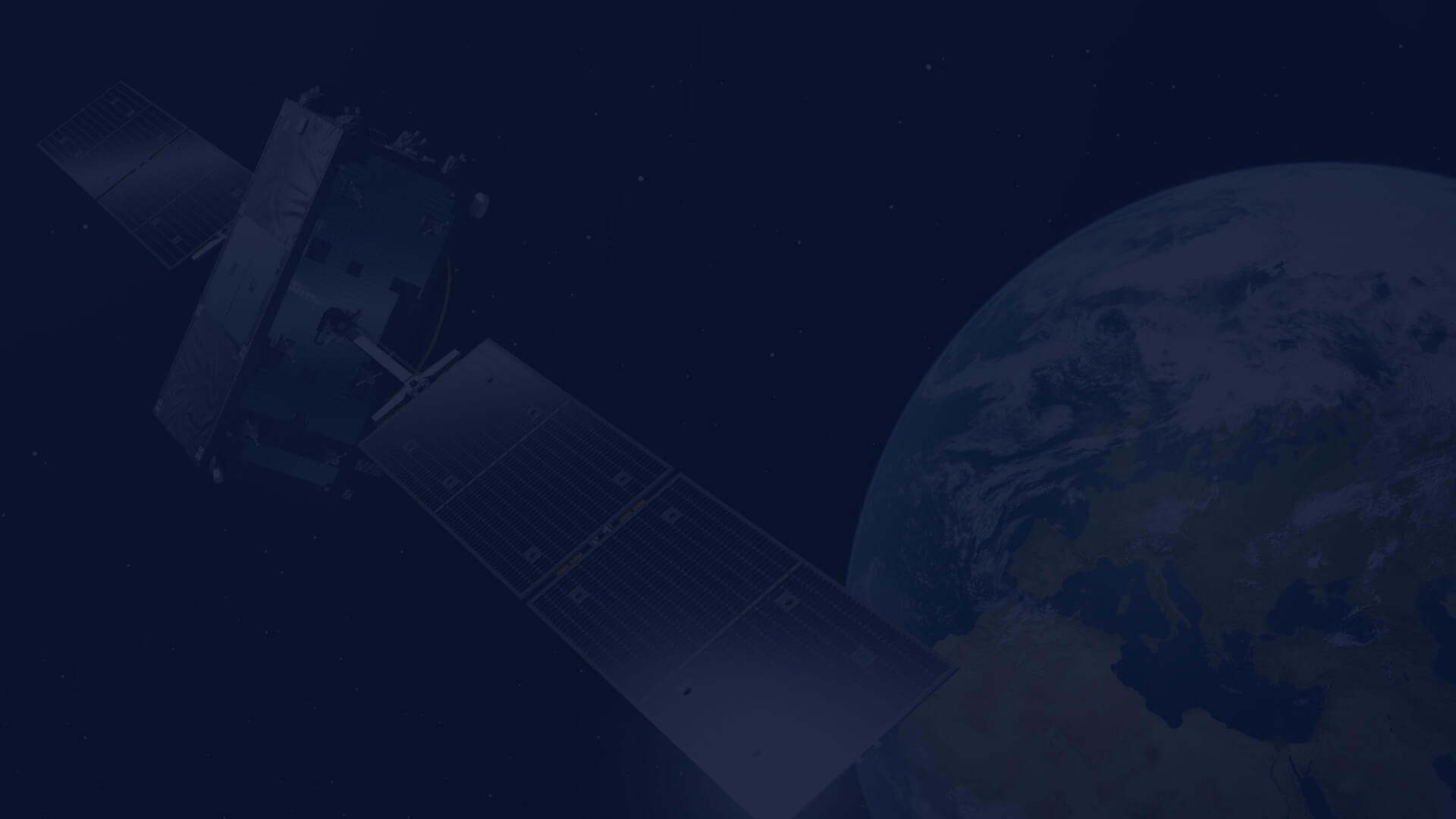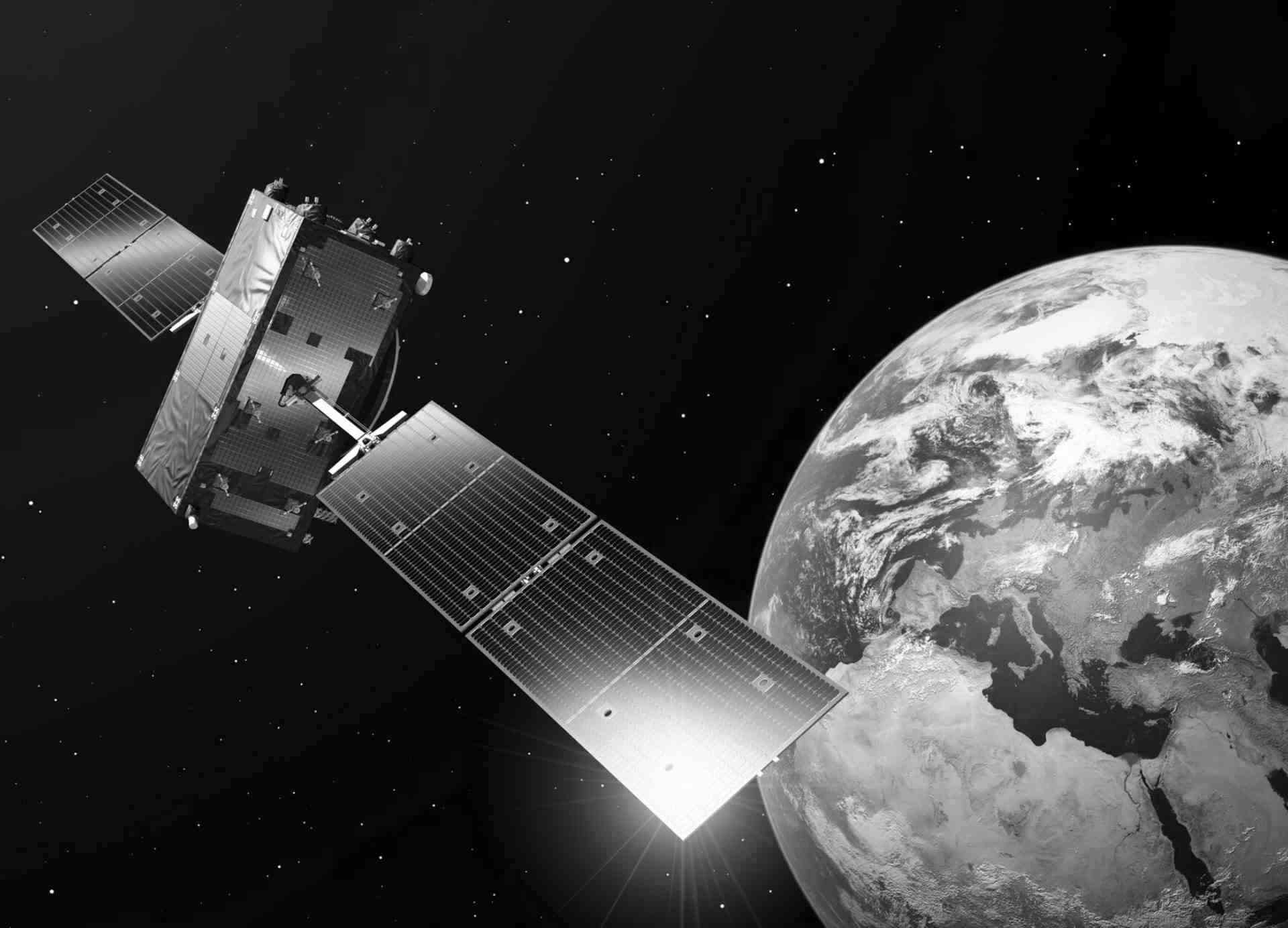
Landsat-9
Landsat-9 was launched on 27 September 2021 from Vandenberg Air Force Base, California on an United Launch Alliance Atlas V rocket.
The satellite is part of the long-running Landsat programme led by USGS and NASA and carries the Operational Land Imager (OLI) and the Thermal Infrared Sensor (TIRS). Landsat 9 will carry two instruments that largely replicate the instruments on Landsat 8: the Operational Land Imager 2 (OLI-2) and the Thermal Infrared Sensor 2 (TIRS-2).
The OLI-2 instrument has a 30-meter spatial resolution across most of its spectral bands, with swath 185 kilometers wide. Landsat 9 downlinks 14-bit data from OLI-2, as compared with 12-bit data from Landsat 8 OLI, leading to improved observations of darker regions, such as forests and coastal waters. TIRS-2 works on the same principles as the original TIRS on Landsat 8 but corrects a problem the first instrument had with scattered light inside the telescope. TIRS-2, like OLI-2, is sensor with arrays of detectors that line up to observe a field of view that is 185 kilometers wide, with a resolution of 100 meters.
Please note that the Landsat-9 data will be available only through S3 protocol and only to registered users with active Cloud Services or Remote S3 Access.
The new Landsat data will be added to the EOData Catalogue later, preceded by an additional announcement.
Satellite details:
Landsat-9 consists of three key mission and science objectives:
- Collect and archive medium resolution multispectral image data affording seasonal coverage of the global land mass;
- Ensure that Landsat-9 data are sufficiently consistent with data from the earlier Landsat missions in terms of acquisition geometry, calibration, coverage characteristics, spectral characteristics, output product quality, and data availability;
| Product type | Instrument | Spatial Range | Temporal Range | Type of Access |
|---|---|---|---|---|
| OLI/TIRS_L1GT | OLI, TIRS | World | 2022 – Present | IAD |
| OLI/TIRS_L1TP | OLI, TIRS | World | 2022 – Present | IAD |

